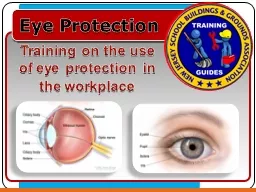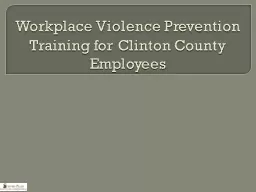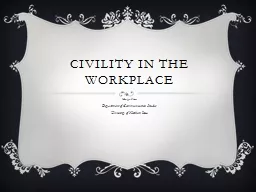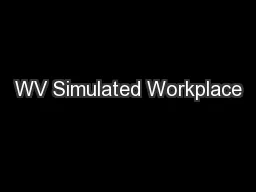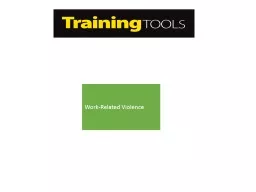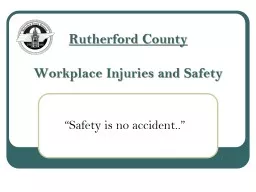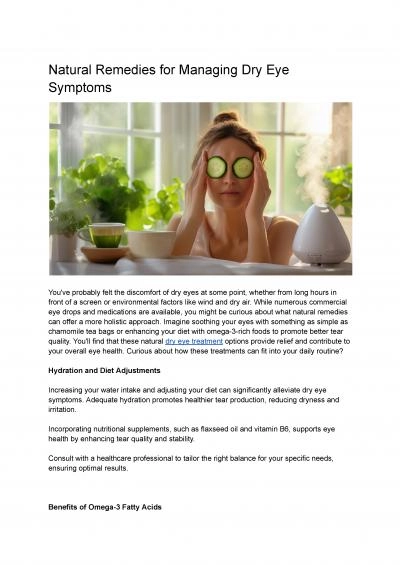PPT-Eye Protection Training on the use of eye protection in the workplace
Author : celsa-spraggs | Published Date : 2018-11-09
Eye Protection Workplace eye hazards Types of eye protection Use and care of eye protection What can be more precious than your sight What if you could no longer
Presentation Embed Code
Download Presentation
Download Presentation The PPT/PDF document "Eye Protection Training on the use of ey..." is the property of its rightful owner. Permission is granted to download and print the materials on this website for personal, non-commercial use only, and to display it on your personal computer provided you do not modify the materials and that you retain all copyright notices contained in the materials. By downloading content from our website, you accept the terms of this agreement.
Eye Protection Training on the use of eye protection in the workplace: Transcript
Download Rules Of Document
"Eye Protection Training on the use of eye protection in the workplace"The content belongs to its owner. You may download and print it for personal use, without modification, and keep all copyright notices. By downloading, you agree to these terms.
Related Documents

